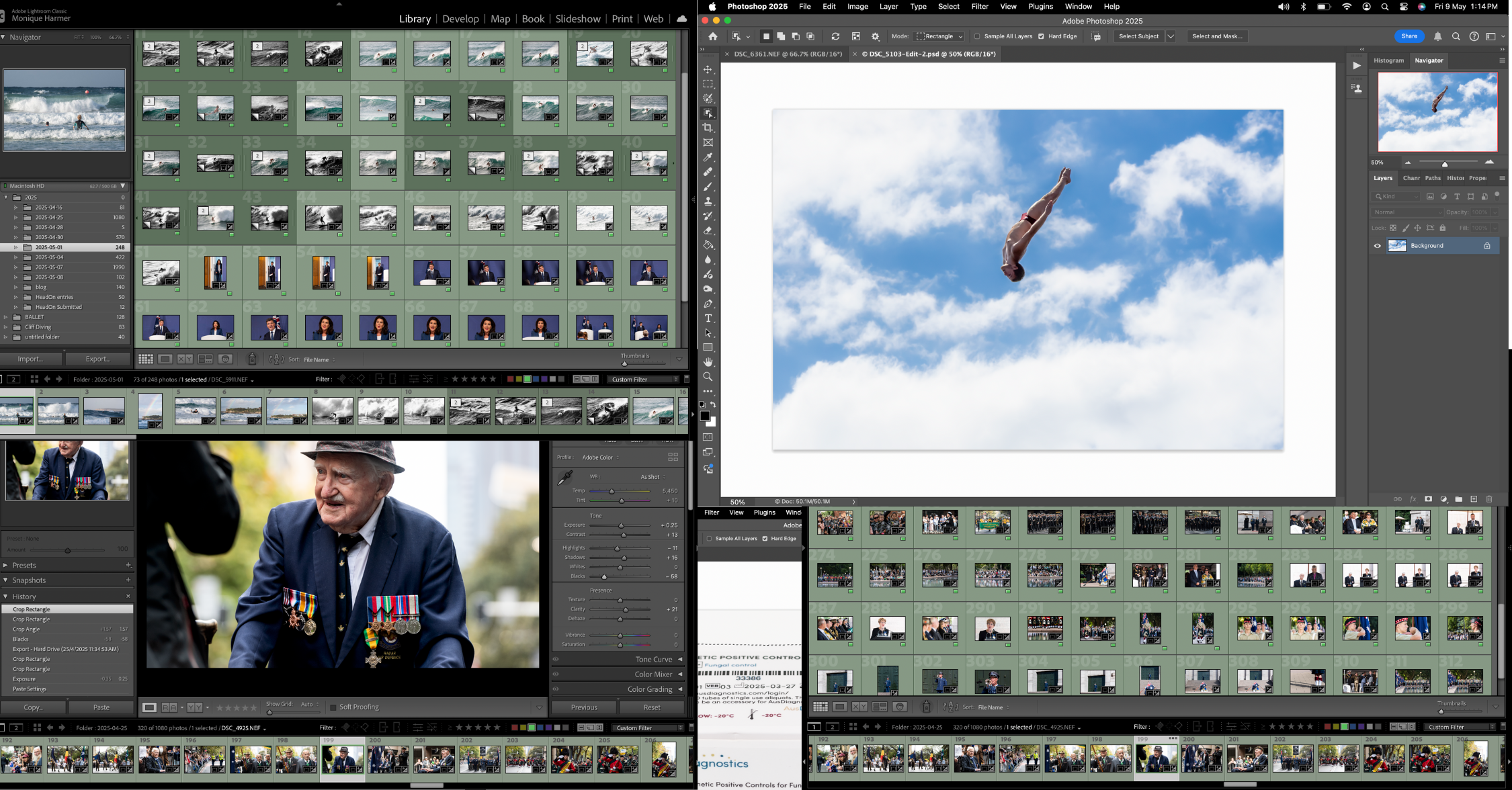
Edit Photos Like a Pro Lightroom Photoshop 2025
Mastering Creative Control📸 How to Edit Photos Like a Pro in Lightroom & Photoshop (2025 Creative Photographer’s Guide) How do you edit photos like a
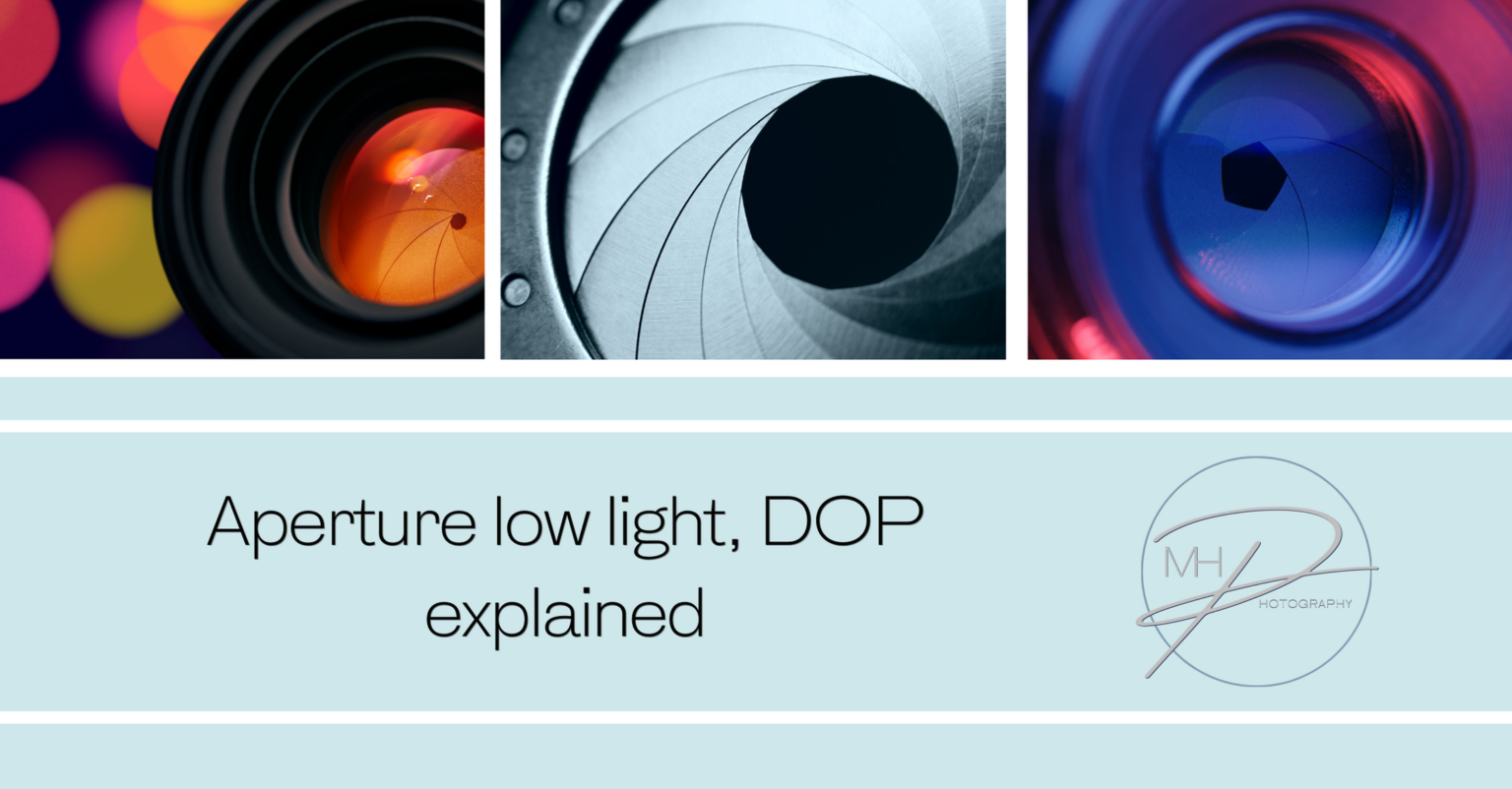
Aperture is the opening in your lens that controls how much light enters your camera. It works like the pupil of your eye—when it’s wide open, more light comes in; when it’s small, less light comes in.
Aperture is measured in f-stops (written as f/1.8, f/4, f/11, etc.).
1.Low Light Photography 🌙
2 .Depth of Field (DOF) – What’s in Focus 🎯
📸 Portraits? → Use f/1.8 – f/2.8 for a blurry background.
🏞 Landscapes? → Use f/8 – f/16 for sharp details everywhere.
🌙 Low Light? → Use a wide aperture (f/1.8, f/2.8) to let in more light.
Exercise 1: Depth of Field (Blurry vs. Sharp Backgrounds)
What You Need: A camera with manual mode (or portrait mode on a phone) and a subject (a friend, a plant, or a cup).
1️⃣ Set your camera to Aperture Priority mode (A or Av mode).
2️⃣ Use a wide aperture (f/1.8 – f/2.8).
3️⃣ Now, use a narrow aperture (f/8 – f/16).
💡 Tip: If you’re using a phone, try portrait mode for the wide aperture effect and regular mode for a deeper depth of field.
Exercise 2: Low Light Photography
What You Need: A dimly lit room or evening outdoor setting.
1️⃣ Take a photo at f/1.8 or f/2.8 (if your lens allows it).
The image should look bright because the aperture lets in more light.
2️⃣ Now, switch to f/8 or f/11.
💡 Tip: Try the same test with your phone in low light—notice how portrait mode (which mimics a wide aperture) makes the image brighter?
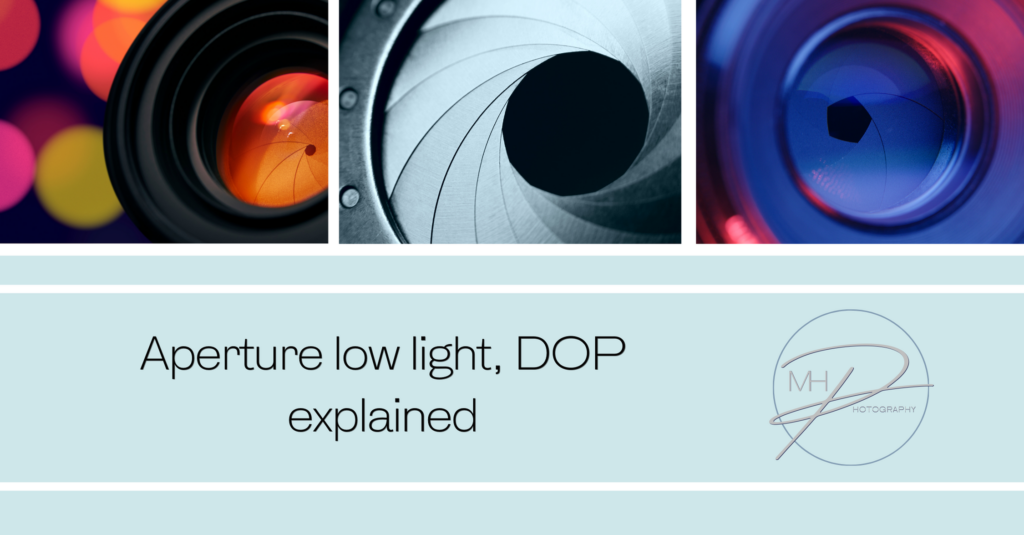
No spam, notifications only about new blogs & updates.
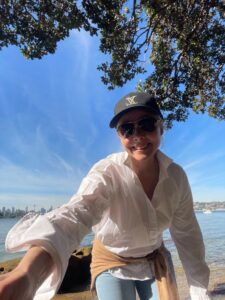
Personal and business brand image expert. Photographer and educator who is super passionate about empowering business women and men to have a positive self perception, with the right tools and guidance so they can share their gifts with the world.


Mastering Creative Control📸 How to Edit Photos Like a Pro in Lightroom & Photoshop (2025 Creative Photographer’s Guide) How do you edit photos like a
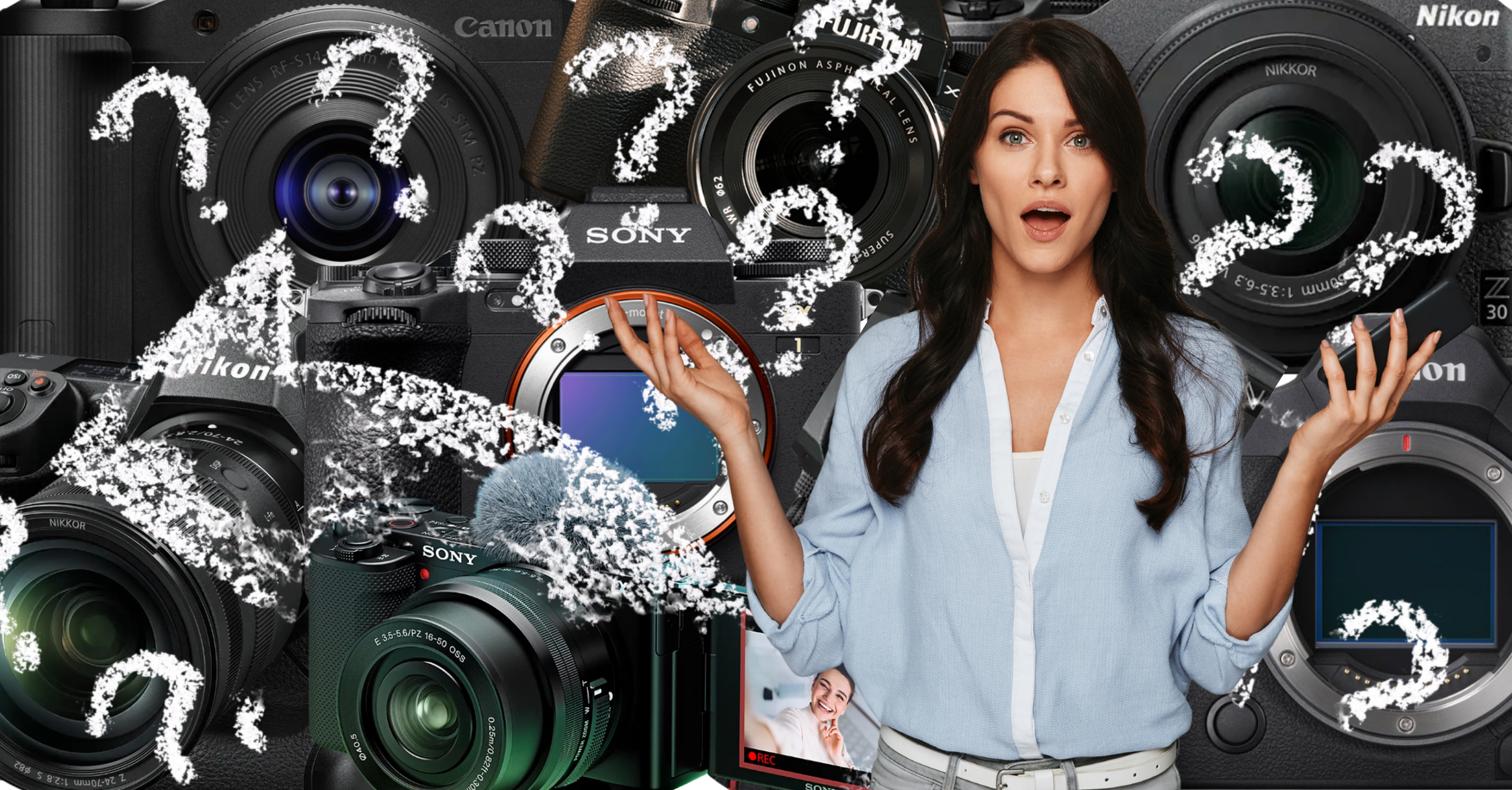
DSLR vs. Mirrorless in 2025: Which Should You Choose and Why It Matters In the fast-evolving world of photography, choosing between a DSLR and a
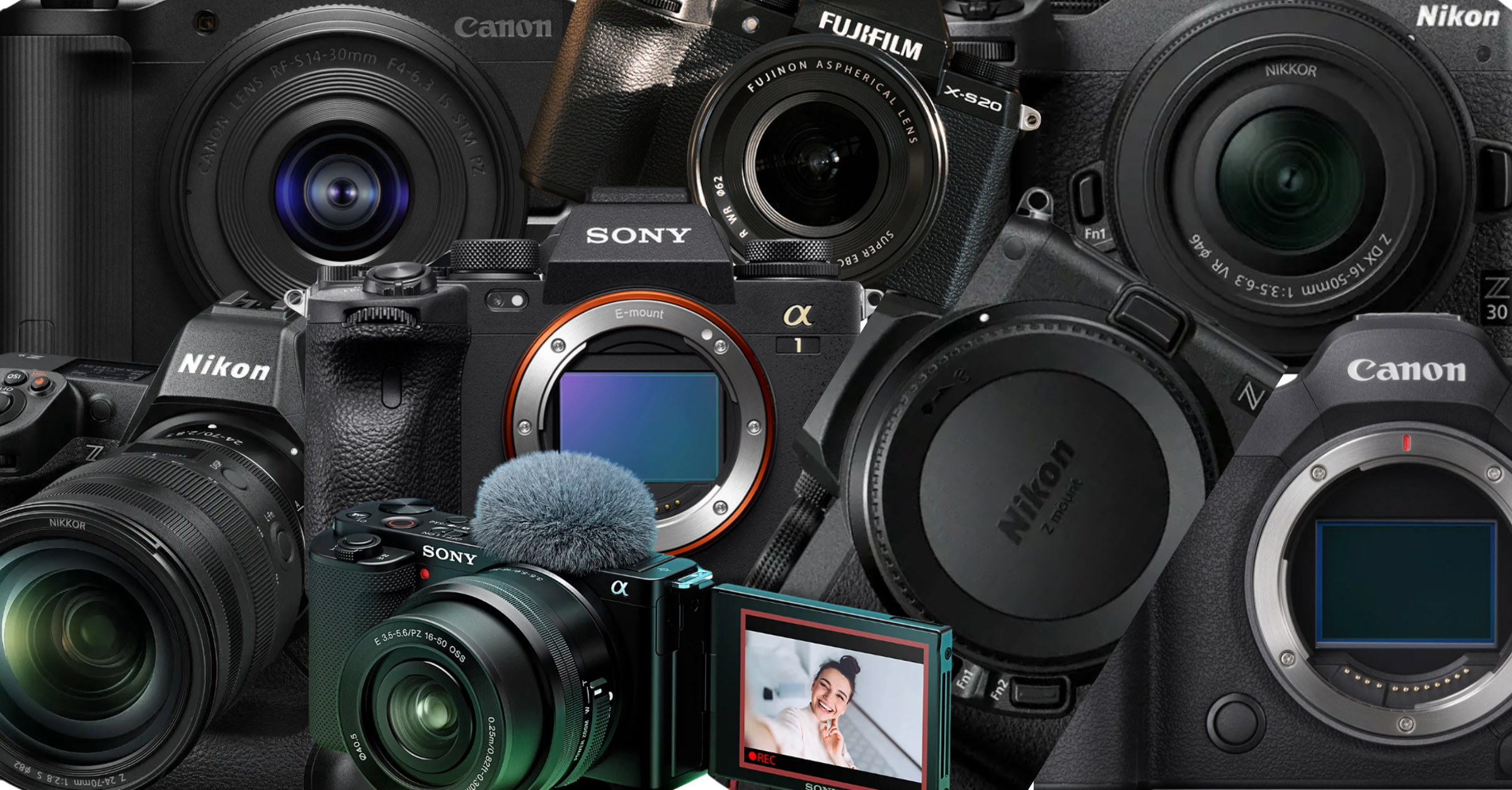
🔹 Best Cameras for Beginners (2025) 1. Canon EOS R50 Why: Compact, lightweight mirrorless with strong autofocus and image quality. Sensor: APS-C Key Features: Dual

Mastering Low-Light Photography: Best Camera Settings With and Without Flash Low-light photography can be a creative playground or a technical challenge—often both. Whether you’re capturing
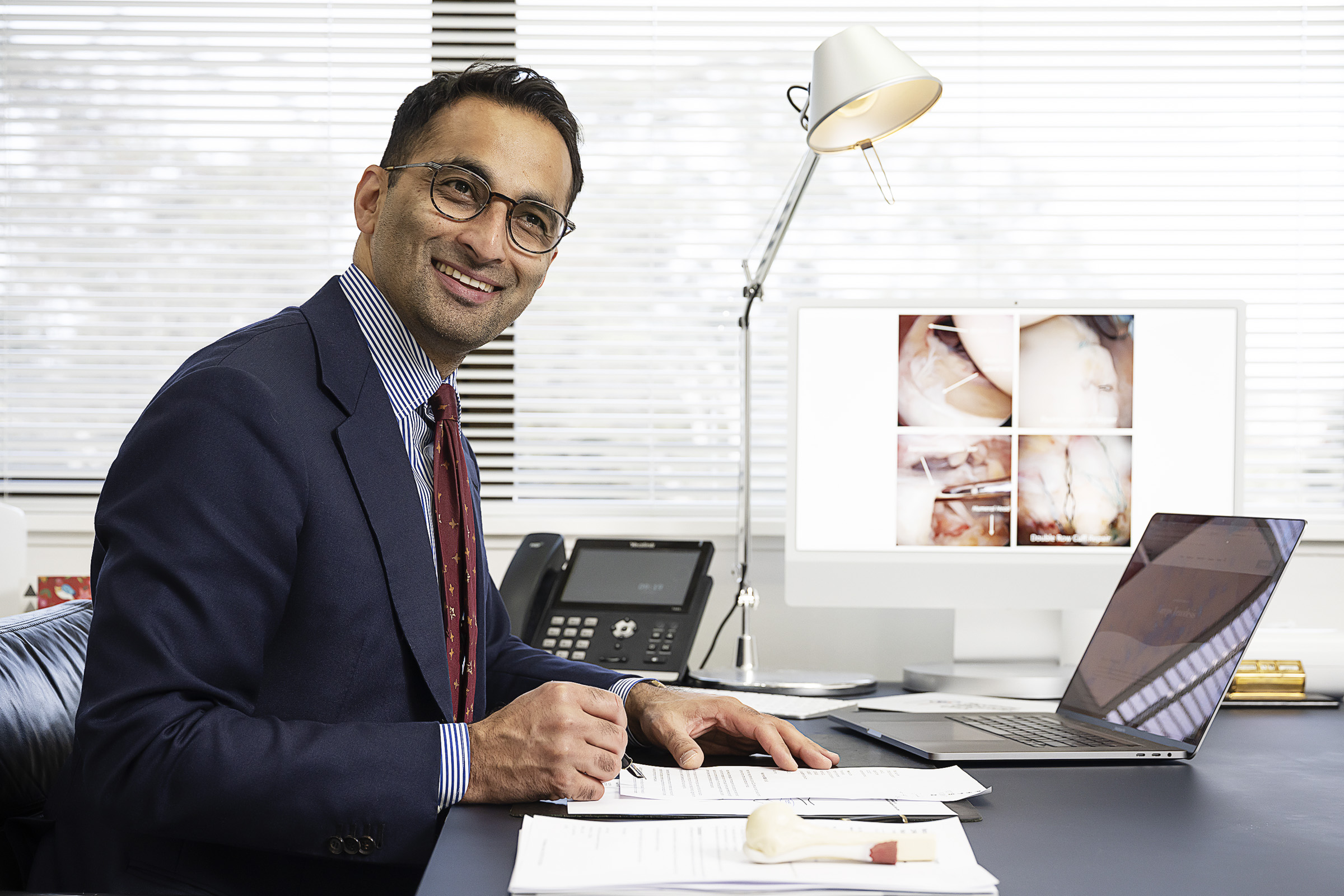
Why Posing Matters in Portrait Photography Posing isn’t about stiff limbs or forced smiles—it’s about bringing out the best in your subject. Whether you’re working
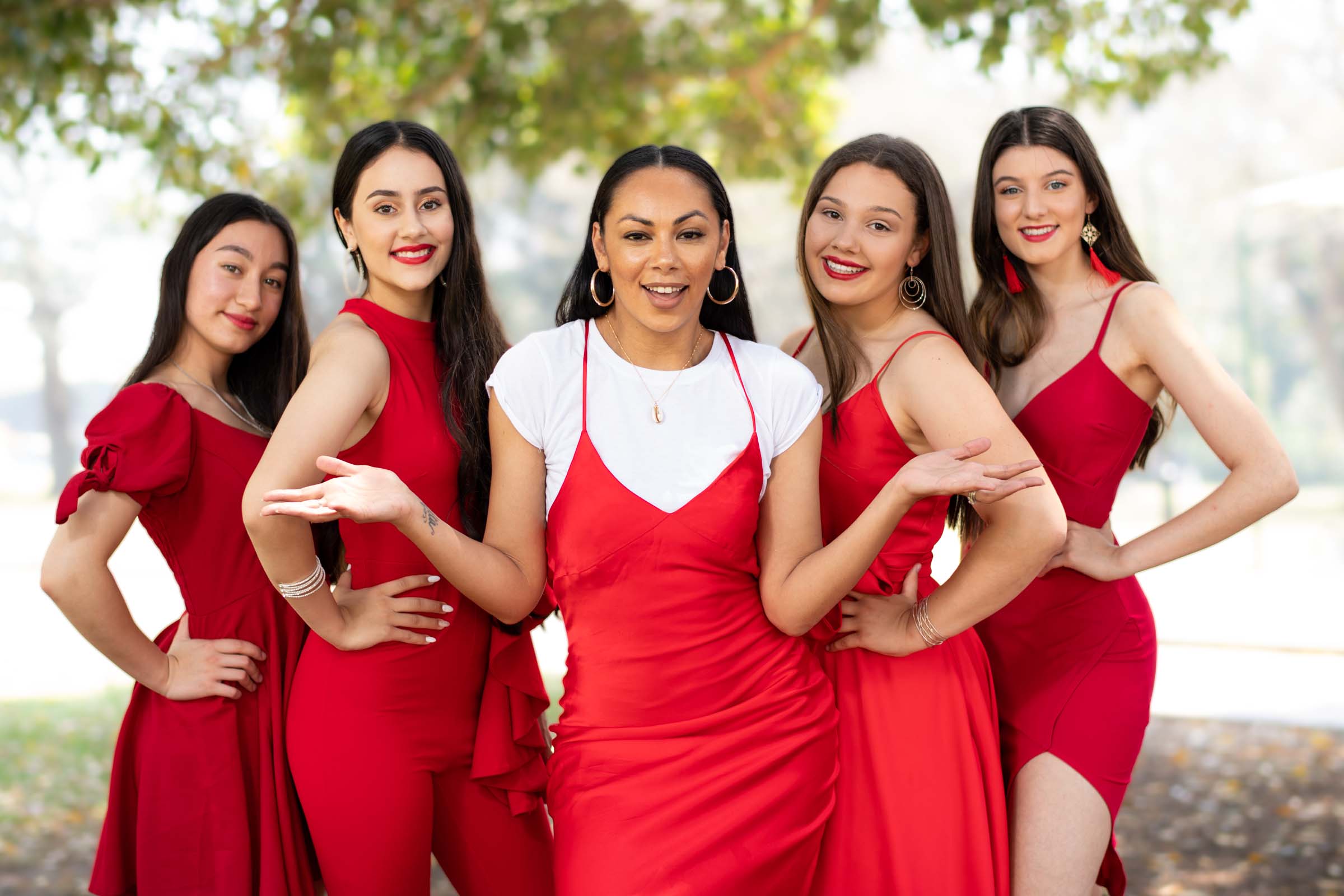
The Power of Open Body Language in Photography When it comes to capturing natural, powerful portraits, body language speaks louder than lighting, gear, or even
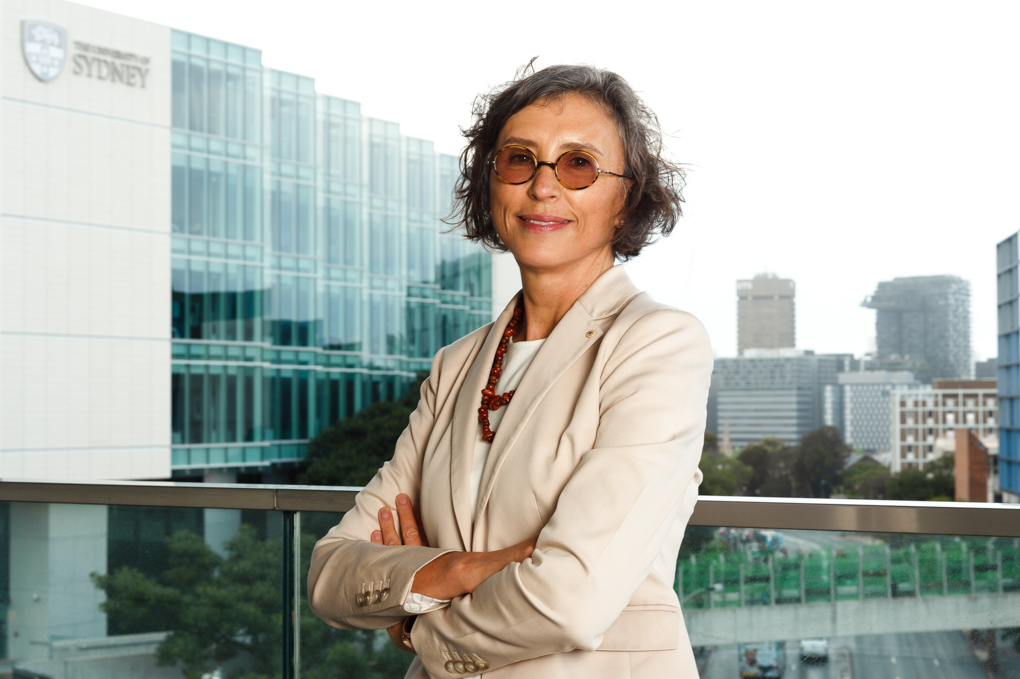
How Do I Balance Flash with Ambient Light Balancing flash with ambient light is a key skill that separates average photos from beautifully lit, professional-looking

A Photographer’s Guide to Creative Expansion In photography, light isn’t just an element—it’s the language we speak.And when it comes to natural light, we are
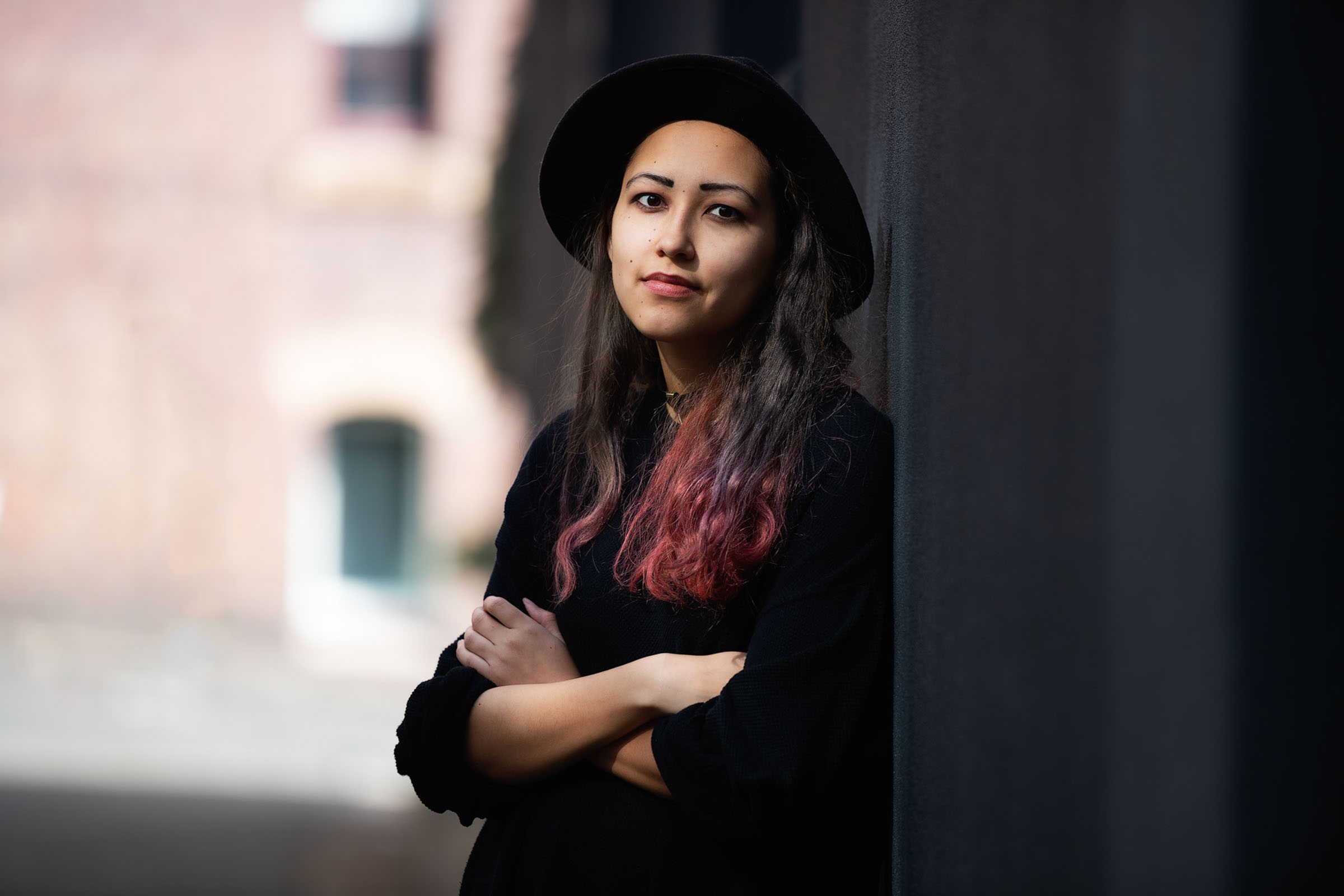
A Beginner’s Guide to Beautiful Lighting Natural light is one of the most beautiful and accessible tools in a portrait photographer’s toolkit. But to truly

what you need to know Getting sharp images is a combination of good technique, the right settings, and proper camera handling. Here’s what you need

Many professional cameras offer dual card slots, allowing photographers and videographers to use two memory cards simultaneously. This feature enhances workflow efficiency, data security, and

The exposure triangle The exposure triangle is a fundamental concept in photography that explains the relationship between three key elements that control the exposure (brightness